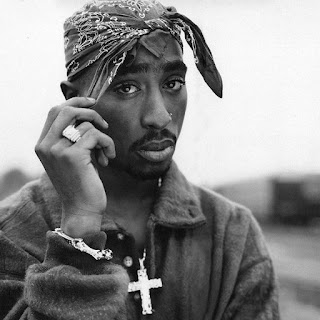Introductions for Media Bias
https://edition.cnn.com/2015/12/07/us/san-bernardino-shooting/index.html
1. Which social groups are marginalized, excluded or silenced within the text?
The article, “San Bernardino shooters were radicalized 'for quite some time,' FBI says,” published in CNN discusses the shooting of San Bernardino, California, which occurred in 2015.
This article utilizes media bias to convey a certain representation of Muslim communities, often referring to the assailants as “radicalized” and looking for potential links to terrorist organizations. This is done chiefly through media bias, in particular, bias by headline, in which it captivates the reader with the new news releases and rhetorical devices, thereby leading to powerful conservative ways of thinking. Additionally, through the use of bias my selection and the offensive language used, with negative connotations, this article labels certain groups of people, contributing to building social biases within individuals and striking their preconceived notions.
https://www.nytimes.com/2018/05/19/opinion/sunday/conservative-feminism.html
https://www.nytimes.com/2018/05/19/opinion/sunday/conservative-feminism.html
2. How could the text be read and interpreted differently by two different readers?
The opinion column, “The Myth of Conservative Feminism,” published in The New York Times discusses the recent appointment of Gina Haspel, President Trump’s choice to lead the Central Intelligence Agency, who then became the first woman in this position, from the perspective Jessica Valenti, an acclaimed feminist. As such, this text conveys the distinct ideology of the author, who establishes her perspective from the title itself, utilizing bias by headline to categorize this event as a “myth.” The article then goes on to use other forms of bias to support the opinion of the author. Therefore, this results primarily in two varying results in terms of reception, as readers of this text could either be in support, or in opposition, challenging the standpoint being made. Additionally, media is used to manipulate society as a whole, by providing insufficient, or ineffectual details regarding an event, resulting in differing perspectives.


Comments
Post a Comment